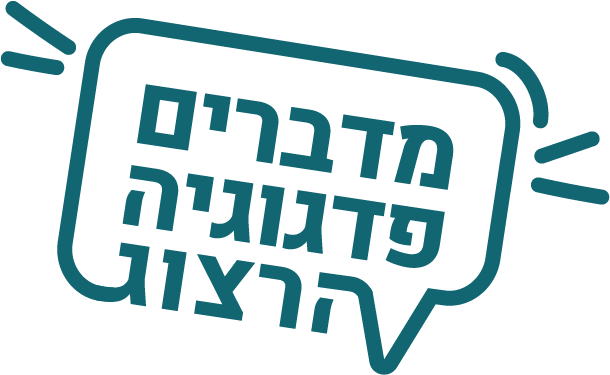What Is Dogme ELT?
Dogme ELT (English Language Teaching) is based on three core principles:
- Focus on communication: Lessons are driven by meaningful conversation. The teacher and students create the content in real-time, which means materials are not predetermined.
- Emergent language: Language emerges organically from the needs and interests of the students. Rather than drilling grammar or vocabulary lists, teachers guide learners based on what naturally arises in conversation.
- No materials: Dogme advocates for the reduction, or elimination, of prepared materials. The teacher becomes a facilitator, actively listening and responding to students’ language needs without relying on textbooks or lesson plans.
Implementing Dogme in the Classroom
Bringing Dogme into the classroom requires a shift in mindset. Here are some practical steps to get started:
- Start with conversation: At the beginning of each class, ask open-ended questions that engage your students in meaningful dialogue. Instead of following a rigid syllabus, let the conversation dictate the direction of the lesson.
- Listen for opportunities: As students speak, listen for grammar, vocabulary, or pronunciation issues that arise naturally. Use these moments to teach in context. For example, if a student struggles with past tense while telling a story, you can briefly explain and practice the correct form in that moment.
- Encourage student interaction: Dogme encourages peer-to-peer learning. Facilitate pair or group work where students can engage in conversations on topics that interest them. This builds confidence and gives them more opportunities to use the language meaningfully.
- Embrace flexibility: With Dogme, flexibility is key. As a teacher, you need to be prepared to adapt and move with the flow of the lesson. There is no predetermined structure, so allowing students to guide the learning process keeps lessons dynamic and student-centered.
Why Dogme?
The philosophy behind Dogme is rooted in the belief that language learning should be about communication, not the memorization of rules or vocabulary. Here are some of the key benefits of using the Dogme approach in your classroom:
- Real-world language use: By focusing on spontaneous conversation, students practice the language they need for real-life situations. This prepares them to be more confident and flexible in their interactions outside the classroom.
- Student autonomy: Dogme shifts the power dynamic from teacher-led instruction to student-driven learning. Students take responsibility for their learning as they actively participate in conversations and identify areas for improvement.
- Deep engagement: Without the distraction of textbooks or pre-planned materials, students engage deeply in the conversation. They are more likely to be invested in the lesson when the content is relevant to their lives and interests.
- Responsive teaching: Teachers are able to respond to students’ immediate language needs. This type of teaching is personalized, as lessons evolve based on what emerges in conversation, rather than following a one-size-fits-all syllabus.
Challenges of Dogme
While Dogme offers many advantages, it is not without challenges:
- Unpredictability: Lessons can be unpredictable, which might feel unsettling for teachers used to structured plans. It requires confidence, experience, and a deep knowledge of language to guide spontaneous lessons effectively.
- Student expectations: Some students, especially those who are used to traditional methods, may expect clear lesson goals or the use of textbooks. Managing expectations and explaining the rationale behind Dogme is crucial to get buy-in from students.
- Assessing progress: Without structured activities or exams, it can be more difficult to measure progress. Teachers need to develop ways to assess students’ speaking and comprehension informally through observation and feedback during conversation.


